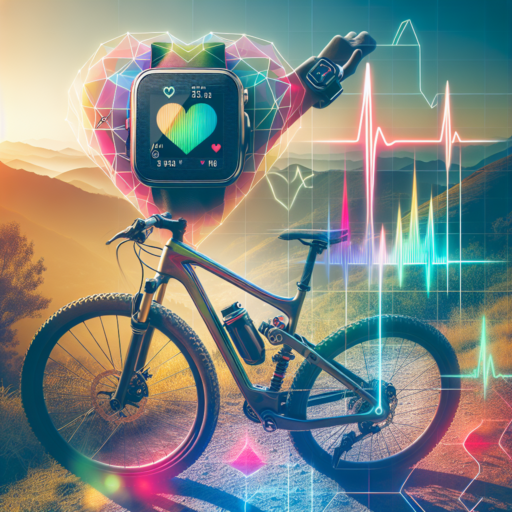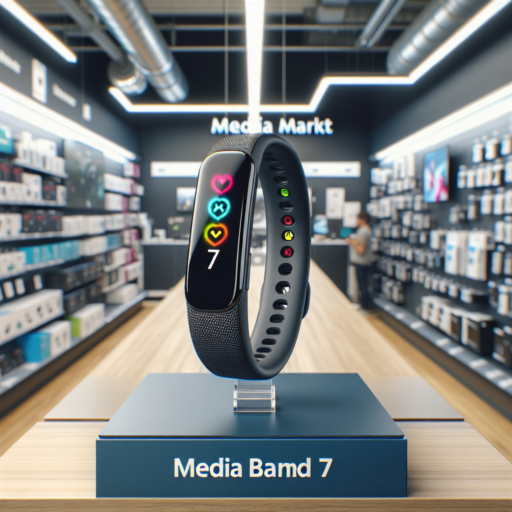What is the best heart rate watch for cycling?
In the world of cycling, monitoring your heart rate is essential to track your fitness and performance levels. And when it comes to the best heart rate watch for cycling, we cannot go without mentioning the Polar Vantage V2. This formidable tool does not only promise to keep tabs on your cycling performance but takes care of your health as well by providing accurate heart rate data.
Features of Polar Vantage V2
What sets the Polar Vantage V2 apart is its precision. The device uses Precision PrimeTM sensor fusion technology, which combines optical heart rate measurements with other sensor technologies to rule out involuntary body movement, often a problem for cycling workouts, thus ensuring the most accurate heart rate data. This feature stands as a cornerstone for those serious about their cycling.
One of the unique aspects of the Polar Vantage V2 is its Training Load Pro feature. It enables cyclists to see how their training sessions strain the different parts of their body. It assesses the cardio load, muscular load, and perceived load. These detailed insights into the strain put on their body help cyclists balance their training, prevent injuries, and keep track of their progress.
Moreover, the Polar Vantage V2 also comes with a FuelWise™ smart fueling assistant. Endurance cycling calls for replenishing your energy sources, and the watch assists you in getting your energy intake timings right. By giving reminders about when to refuel, it helps improve performance over extended periods of training.
The build quality of the watch also impresses, with a lightweight design that holds up well during rigorous cycling sessions. The smartwatch even provides weather forecasts and guides athletes on when the best time to train would be, giving them a complete suite of performance-monitoring capabilities.
What is a good heart rate for a cyclist?
A good heart rate for a cyclist largely depends on the cyclist’s age, fitness level, and the type of cycling they are doing. Generally, a good heart rate range for a cyclist during moderate exercise is 50-85% of their maximum heart rate. In terms of actual numbers, for adults, a heart rate of 60 to 100 beats per minute (bpm) is considered normal at rest. But in the heat of an intense ride, a professional cyclist’s heart rate could range considerably higher, anywhere from 120-180 bpm.
Understanding your Maximum Heart Rate (MHR)
Firstly, the maximum heart rate (MHR) is a number that helps determine the best heart rate for a cyclist. It is typically calculated using the formula: 220 minus your age. For example, if you are 30 years old, your estimated MHR would be around 190 beats per minute. Optimum cycling performance is normally achieved when operating within 70-85% of your MHR, known as the ‘aerobic zone’.
Heart Rate Zones
Many advanced cyclists use heart rate zones to measure and increase their cardiovascular fitness and strength. These zones are divided into five main sections: Recovery (Zone 1), Endurance (Zone 2), Tempo (Zone 3), Threshold (Zone 4), and Anaerobic (Zone 5). Working out in each zone will yield different benefits and effects, and a training plan that incorporates all zones can lead to improved cycling performance.
Finding the right balance
Remember, pushing your heart rate too high, too early can lead to fatigue and overtraining. It’s vital to increase intensity gradually and allow your body the necessary recovery time. Understanding and monitoring your heart rate while training on your bike can be a critical tool in improving your cycling performance and maintaining overall cardiovascular health.
Which is the most accurate heart rate tracker?
When it comes to the most accurate heart rate tracker, a few names stand out in the market for their precision and reliability.
Understanding Heart Rate Tracking
Heart rate tracking is an essential feature for any sports watch. It helps users monitor their heart health and fitness levels. The most efficient heart rate trackers use sensor technology, picking up electrical signals emitted by the heart, to deliver accurate readings. In general, wrist-based sensors are best for convenience, but chest strap sensors often offer superior accuracy.
The Top Competitors
Among the leading heart rate tracking sports watches, the Polar H10 consistently ranks highly for its accuracy. Its use of a chest strap transmitter might seem a little old-fashioned compared to newer wrist-based alternatives, but it’s this method that gives it an edge in terms of precision. Additionally, the Garmin Forerunner 945 is renowned for its highly accurate wrist-based heart rate tracker. It’s not just precise but also packed with features, suitable for runners and triathletes, supporting fitness enthusiasts on various fronts.
Accuracy and Consistency
While both of these watches deliver high accuracy in heart rate tracking, your personal experience may differ based on factors such as your body type and workout intensity. What truly matters is the consistent precision they deliver, allowing you to monitor your heart rate accurately over time.
How to monitor heart rate while cycling?
Cycling, as an excellent form of cardio exercise, can significantly boost your heart health. However, to ascertain you’re getting the most from your effort, understanding how to monitor your heart rate while cycling is crucial. This guide will walk you through the essentials steps towards achieving this vital goal.
Understanding Heart Rate Zones
The first step to monitor your heart rate effectively when cycling is to comprehend your personal heart rate zones. Different heart rate zones represent varying intensity levels during your exercise. These zones allow you to match your workout intensity with your fitness goals, whether you aim to improve endurance, increase speed, or burn fat. Most sports watches allow zones setup, making it easier to monitor your heart rate level during workouts.
Use of Sports Watches
Sports watches serve as the perfect tool for monitoring your heart rate while cycling. Devices like Garmin, Fitbit, and Polar come with built-in heart rate monitors, enabling users to track their heart rate in real-time. These watches not only provide numerical heart rate data but also give a visual representation via a graph that tracks heart rate changes over time. When buying a sports watch for cycling, ensure it’s waterproof, has a long battery life, and comes with a comfortable strap.
Mastering the Correct using of the Monitor
Once you’ve got the sport watch on your wrist, it’s essential that you use it correctly to precisely monitor your heart rate. Always wear the strap snugly against your skin, just above the wrist bone. Make sure the watch’s sensors are making constant contact with your skin, and that your watch has a clear connection to any other devices you’re using, like a cycling computer or smartphone.










